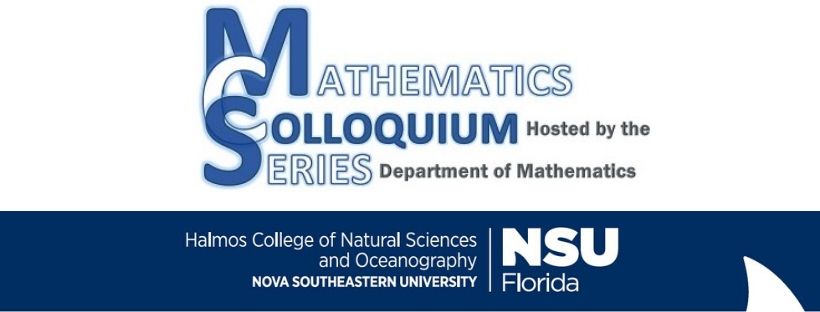Description
Magnetic field sensing is essential for applications in communication, environmental monitoring, and biomedical diagnostics. Quantum magnetic field sensors based on solid-state spin defects, such as NV centers in diamond, typically require precise alignment between the external magnetic field and the defect’s spin quantization axis to achieve reliable and directional sensing. This alignment constraint imposes challenges for device integration, especially in scalable or fielddeployable applications. Here, we demonstrate room-temperature optically detected magnetic resonance (ODMR) from negatively charged boron vacancies (VB-) in commercially available hot-pressed polycrystalline hexagonal boron nitride (hBN). Owing to the random orientation of grains in the material, the system inherently samples a broad range of spin quantization axes, enabling magnetic field detection without the need for alignment or orientation control. Through numerical modeling, we show that magnetic field sensing is feasible even in the presence of anisotropic sensitivity, thereby establishing hotpressed hBN as a promising platform for robust, alignment-free quantum magnetometry. This approach offers a path toward low-cost, scalable, and mechanically stable magnetic field sensors for real-world applications.
Date of Event
Thursday, September 11, 2025
Location
Parker Building 203
Included in
Room-temperature alignment-free magnetometry with boron vacancies in hot-pressed hexagonal boron nitride
Parker Building 203
Magnetic field sensing is essential for applications in communication, environmental monitoring, and biomedical diagnostics. Quantum magnetic field sensors based on solid-state spin defects, such as NV centers in diamond, typically require precise alignment between the external magnetic field and the defect’s spin quantization axis to achieve reliable and directional sensing. This alignment constraint imposes challenges for device integration, especially in scalable or fielddeployable applications. Here, we demonstrate room-temperature optically detected magnetic resonance (ODMR) from negatively charged boron vacancies (VB-) in commercially available hot-pressed polycrystalline hexagonal boron nitride (hBN). Owing to the random orientation of grains in the material, the system inherently samples a broad range of spin quantization axes, enabling magnetic field detection without the need for alignment or orientation control. Through numerical modeling, we show that magnetic field sensing is feasible even in the presence of anisotropic sensitivity, thereby establishing hotpressed hBN as a promising platform for robust, alignment-free quantum magnetometry. This approach offers a path toward low-cost, scalable, and mechanically stable magnetic field sensors for real-world applications.



Presenter Bio
Dr. Raul Coto Cabrera earned his PhD in quantum information science from Pontifical Catholic University of Chile in 2011. His doctoral work was in cavity QED systems and color centers in diamond. He has developed methods for quantum control and quantum sensing. For recently, he refocused his attention to AI. Over the past six years he has been working with machine learning models, physics-informed neural nets, kernel-based quantum machine learning models and variational quantum circuits. He joined NSU in 2024.